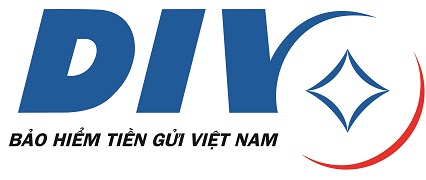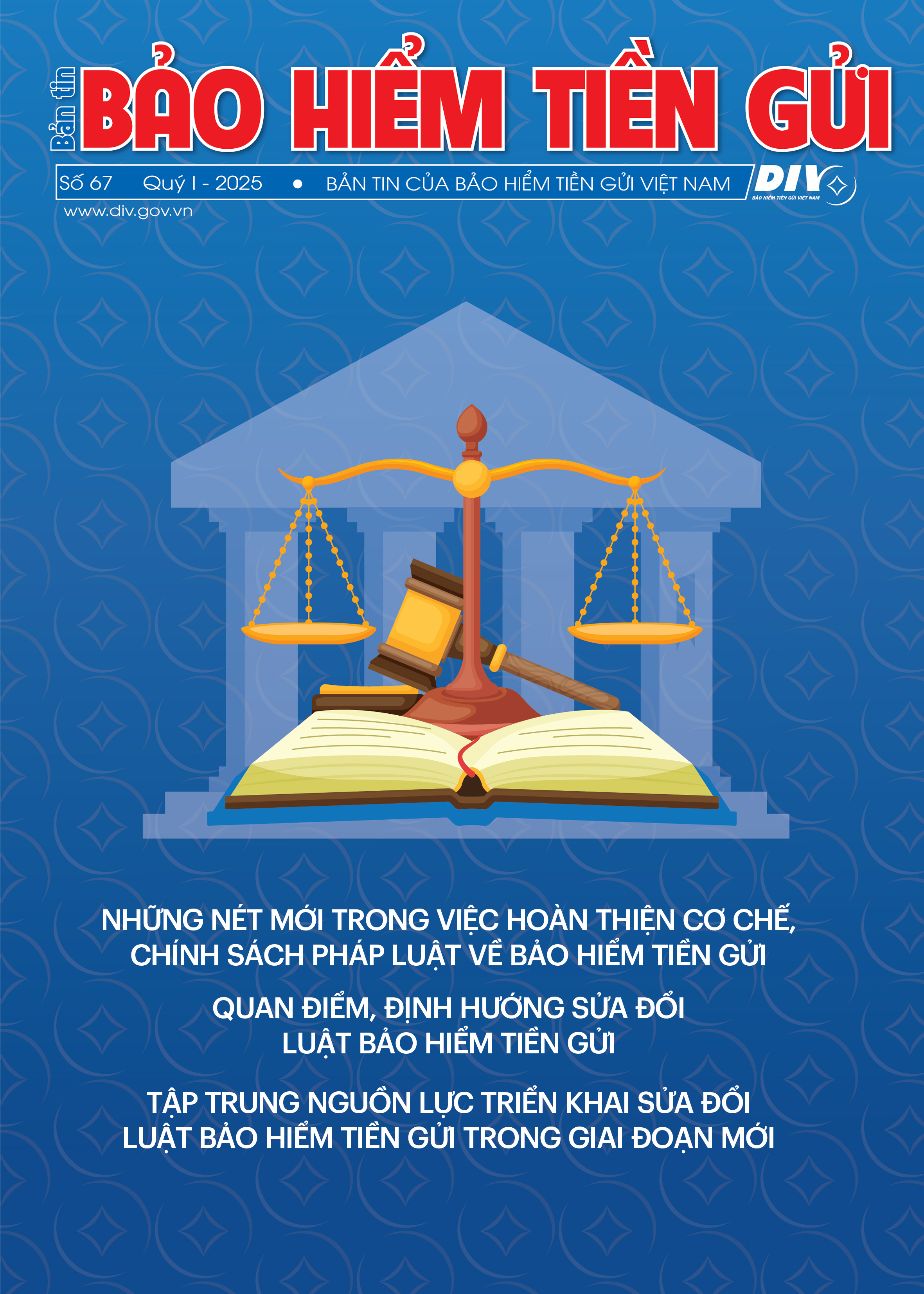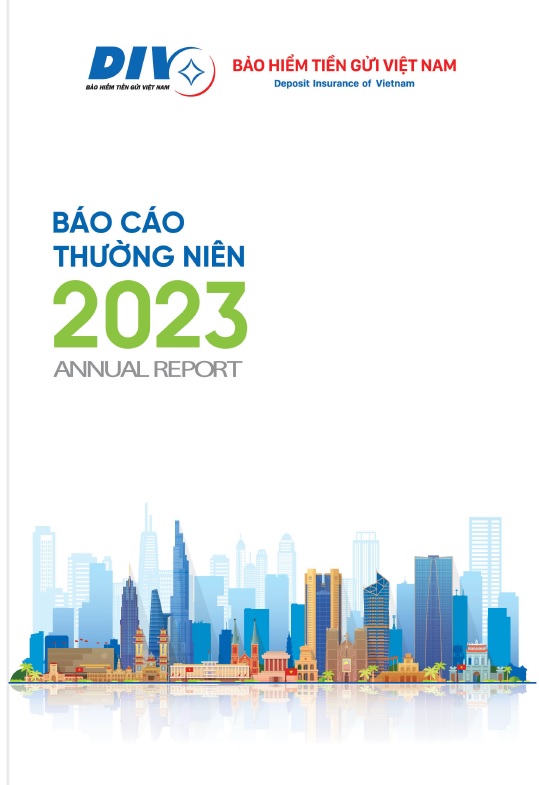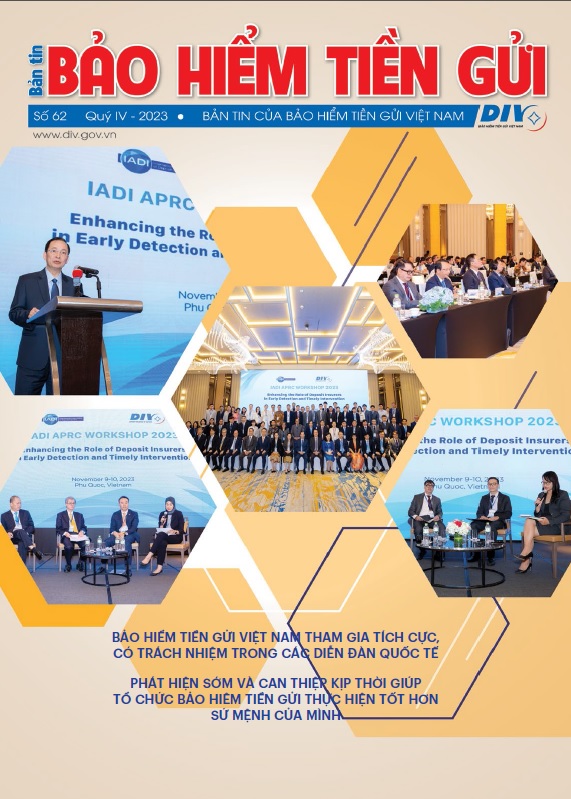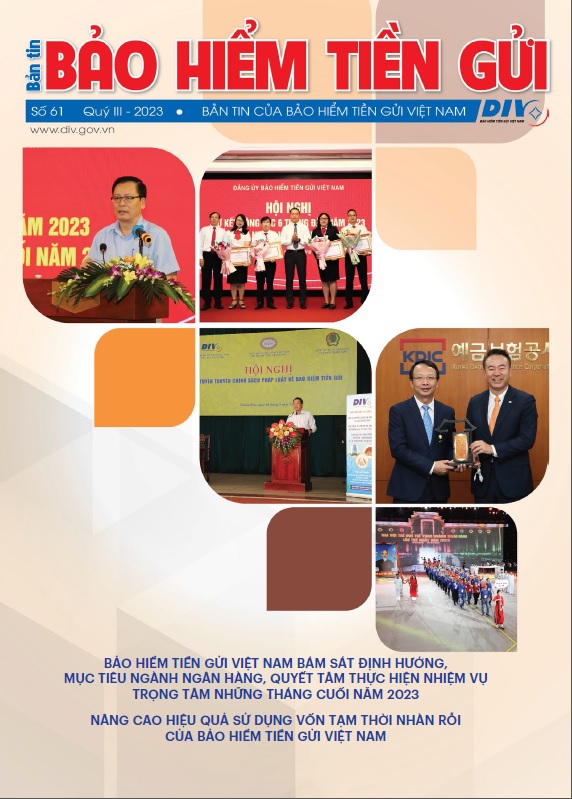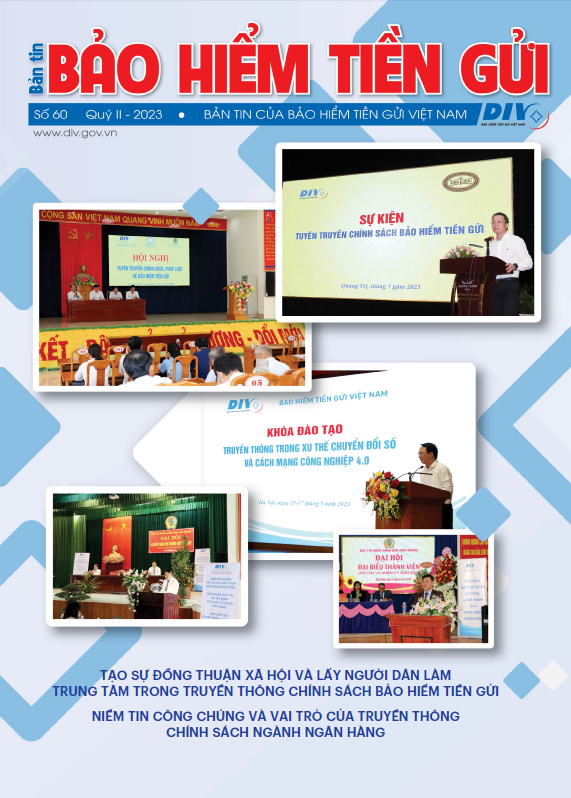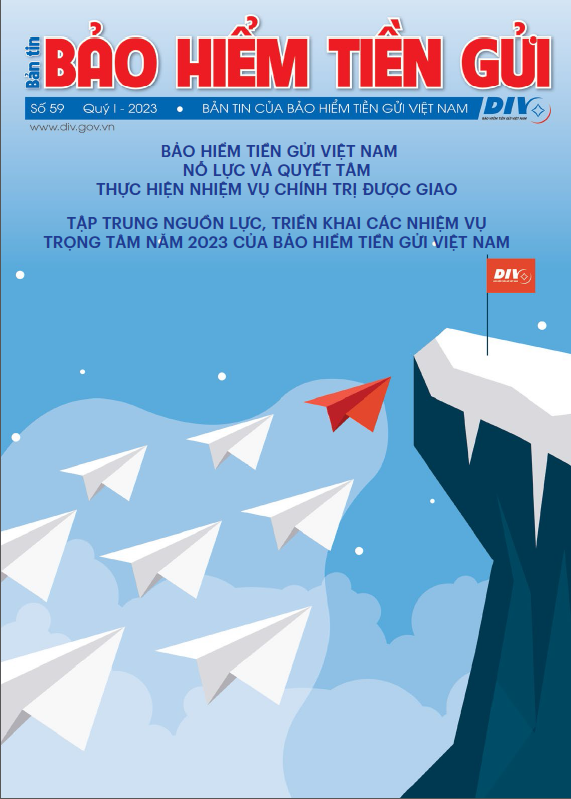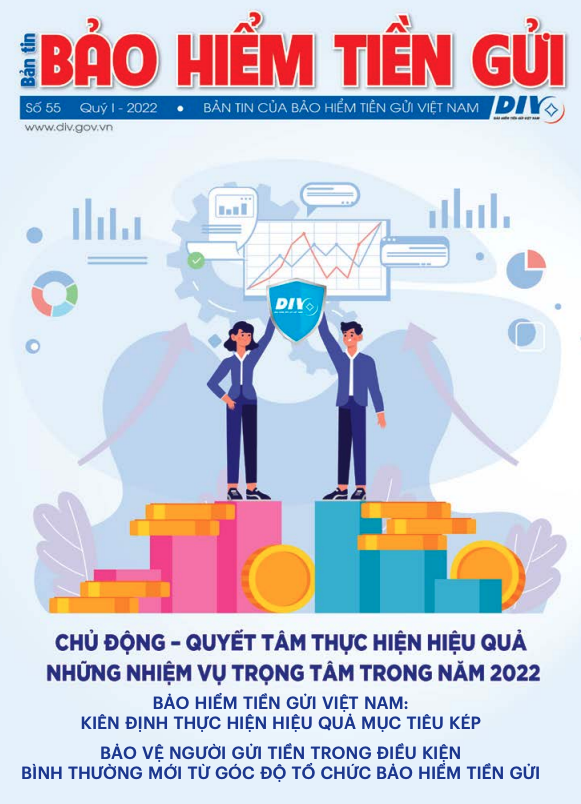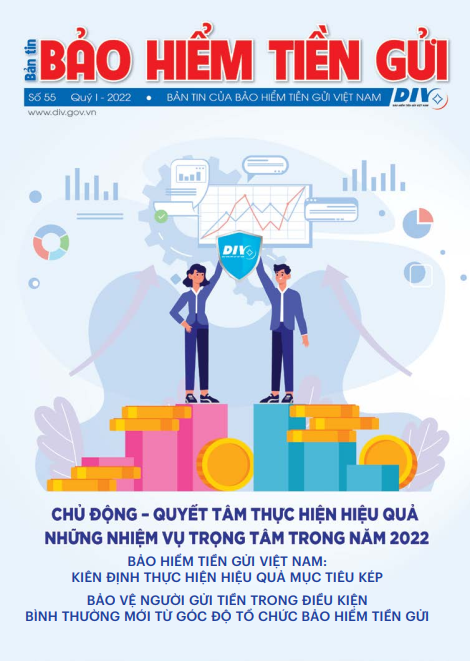The biggest goal of the Law on Deposit Insurance is to best protect depositors and ensure the safety of banking activities
The deposit insurer not only insures depositors but also contributes to political stability. It is an important step to ensure safety for the whole financial system. Therefore, the Law on Deposit Insurance should grant the deposit insurer wider functions, mandate. For example: in Korea, the deposit insurer is authorized to participate in investigating failed institutions. In addition, the deposit insurer conducts supervision, examination functions but these functions of the deposit insurer and supervisory authorities should not be overlapped and the supervisory authorities can share and use mutual results.
(Ms. Duong Thu Huong - General Secretary of the Vietnam Banking Association)
Recently, we have also made institutional reforms related to the banking and financial sector through the promulgation of the amended Law on State Bank and the amended Law on Credit Institutions. In my opinion, this is a step to adjust the relevant regulations in accordance with the financial market of our country today. However, the role of relevant authorities in the financial safety net has not been clearly defined. At the same time, we need to improve the institution to protect depositors in line with the actual context of Vietnam and international practices through the early promulgation of the Law on Deposit Insurance. This is very essential because it requires the objective implementation and solutions to existing problems and shortcomings of policies on protecting depositors.
(Mr. Dinh Xuan Thao – Head of the Institute for Legislative Studies of the National Assembly Standing Committee)
The Law on Deposit Insurance is a very important legislation. Therefore, this draft law should have a vision for the rapid improvement of financial institutions and reflect the real need for development. The deposit insurer should have strong enough financial resources to deal with risk occurrence. Also, it is essential to establish a closely cooperative mechanism among the deposit insurer, the National Financial Supervisory Commission, the State Bank, the Ministry of Finance and other supervisory authorities. It is necessary to promote information and responsibility sharing as well as cooperation so as to ensure that supervisory activities are viewed from many angles and aspects, thereby detecting risks more clearly and opportunely.
(Mr. Vu Nhu Thang, Director of Institute of Financial Strategy and Policy, Ministry of Finance)
The Law on Deposit Insurance should be developed in sync with laws regulating banking activities according to international practices, in order to ensure that:
- The deposit insurer has sufficient legal authority to protect financial services consumers and handle troubled insured institutions opportunely and efficiently;
- Clearly define the scope and content of deposit insurance professional activities to protect depositors including supervision, inspection, reimbursement and resolution;
- The depositors have priority over other creditors in the liquidation of troubled insured institutions.
(Mr. Le Tham Duong - Dean of the Business Administration Faculty - Ho Chi Minh Banking University)
The nature of deposit insurance
In general, deposit insurance has nature of other insurance types, i.e. its operation under the principle of balance between majority rule and minority rights but there are specific characteristics as follows:
-Deposit Insurance is a type of public service whose beneficiary is the community.
-The deposit insurer is a non-profit institution. Governments establish deposit insurance systems to implement public policies on protecting depositors and contribute to ensuring the safe and sound development of the banking and financial system.
(Extracted from "the Information Center of the National Assembly Office’s research documents on deposit insurance")
The adoption of an effective deposit insurance system
It will be difficult to intervene in time and cooperate with the other institutions /members of the financial safety net to solve a crisis effectively if the deposit insurer is too dependent on the state management agencies. However, it is confirmed that the deposit insurer is the only institution that insures people’s deposits and also is the financial institution established by the State to make public policies. Therefore, it is of vital importance to clarify the relationship among the State management agencies in the deposit insurance field or among the State management agencies referring to the deposit insurer, for example: the State management responsibilities of the Ministry of Finance in funding, financial management; the Ministry of Internal Affairs in appointment of the key positions in the deposit insurer; Ministry of Labour, Invalids and Social Affairs in the mechanism of salary, allowances etc.
(Mr. Dinh Trung Tung - Deputy Minister of Justice)
Currently, in most countries over the world, deposit insurers named Corporations operate in an independent or a relatively independent way under the Government or Parliament.
The risk-minimizer deposit insurer is a very popular advanced model in the world today. According to this model, the deposit insurer is granted stronger powers and scope of operation. In addition to the mandate to best protect depositors’ interests, the risk-minimizer deposit insurer also cooperates with state agencies and the central bank in supervising and assessing risks of banks and other financial institutions.
(Mr Dinh Dung Sy, Deputy Director of the Government Office's Justice Department)
As the instrument for implementing the Government policies, therefore, in terms of its operation, the deposit insurer must be independent to assume assigned responsibilities. Under my management as a CEO of the Canada Deposit Insurance Corporation, later as a CEO of the Malaysia Deposit Insurance Corporation, it can be said that we operate completely independently because we have the law, clear mandates and the Board of Directors to perform all assigned tasks.
(Mr. Jean Pierre Sabourin – the Chief Executive Officer of Malaysia Deposit Insurance Corporation - former Chairman of the International Association of Deposit Insurers)
I agree with many ideas that the deposit insurer should be relatively independent, but must be managed by the State. The institution's activities must comply with the law. In fact, there are many institutions under the management of some ministries but their activities are governed by other laws. Independence means operational independence.
(Mr. To Ngoc Hung - Director of Banking Academy)
Principle 5 - Governance: The deposit insurer should be operationally independent, transparent, accountable and insulated from undue political and industry influence.
(Extracted from "The core principles for effective deposit insurance systems" of the International Association of Deposit Insurers)
The deposit insurance mechanism needs to be renovated
Why are foreign currency deposits uninsured?
We insure the Vietnamese dongs as the property of the people, hence the US dollars which are also assets and legally traded in the credit institutions must also be insured.
(Mr. Nguyen Van Phuc - Vice Chairman of the Economic Committee of the National Assembly)
It is necessary to insure foreign currency deposits because when the State allows the mobilization of foreign currency, foreign currency deposits are legal and should be protected. It is said that it affects the dollarization policy. However, the anti-dollarisation is implemented by many policies and does not only depend on the protection of foreign currency deposits.
(Representatives of Bank for Foreign Trade of Viet Nam, Maritime Bank)
The deposit insurer should have strong capital
In terms of long-term strategy, capital source need be supplemented for the deposit insurer to ensure the safety of the system according to international practices (The Deposit Insurance Fund of the deposit insurer ensures the ratio of 1.5% -5% of insured deposits). This ratio in Vietnam stands at only approximately 1%.
(Mr. Le Quoc Ly - Deputy Director of the Ho Chi Minh National Academy of Politics and Public Administration)
When drafting the Law on Deposit Insurance, we need to carefully study the Law on Deposit Insurance in the world and find out its essence to match the actual context of Vietnam. In particular, in my opinion, an effective deposit insurance model is structured according to a particularly independent corporation with strong capital. Nowadays, financial institutions can be uninsured due to the lack of big capital. Other functions and mandates are also based on strong financial foundation.
(Mr. Le Xuan Nghia - Vice Chairman of the National Financial Supervisory Commission)
Principle 11 - Funding: A deposit insurance system should have available all funding mechanisms necessary to ensure the prompt reimbursement of depositors’ claims including a means of obtaining supplementary back-up funding for liquidity purposes when required.
(Extracted from "The core principles for effective deposit insurance systems" of the International Association of Deposit Insurers)
Increasing deposit insurance coverage – enhancing public confidence in the banking system
The maximum deposit insurance coverage of VND 50 million is too low. As far as I am concerned, this level has been stipulated since 2005, with the inflation rate and scope of economic development, per capita income in our country becomes too small in present conditions. Certainly, such a low rate of reimbursement does not create incentives to attract deposits in credit institutions.
(Mr. Nguyen Sy Dung - Vice Chairman of the National Assembly Office)
In the actual context when the global economic recovery is still uncertain and more potentially risky, the domestic economy has recently escaped from the bottom of the crisis and is returning to the growth trajectory, it is really necessary to strengthen depositors’ beliefs.
One of the immediate measures is to increase deposit insurance coverage in difficult economic conditions so as to enhance people's confidence in the banking system.
(Mr. Tran Dinh Thien - Director of the Vietnam Institute of Economics)
Deposit insurance premium charged method should be soon innovated
In order that the deposit insurer in Vietnam promotes an active role in creating a fair competitive environment among banks, it is vital to implement the risk-based premium charged system. The risk-based premium charged method is a measure to limit bank risks, and create new financial resources for DIV to cope with these risks. Although this is a complex issue, the risk-based premium charged method is inevitably proposed in the context of the risk of bank failure.
(Mr. Nguyen Trong Nghia - Legal Affairs Department - Ministry of Finance)
Most countries apply risk- based premium rates because of preeminence. The premium charged method is a signal for banks to know how they operate and it is a warning bell for credit institutions to develop.
(Ms. Duong Thu Huong - General Secretary of the Vietnam Banking Association)
